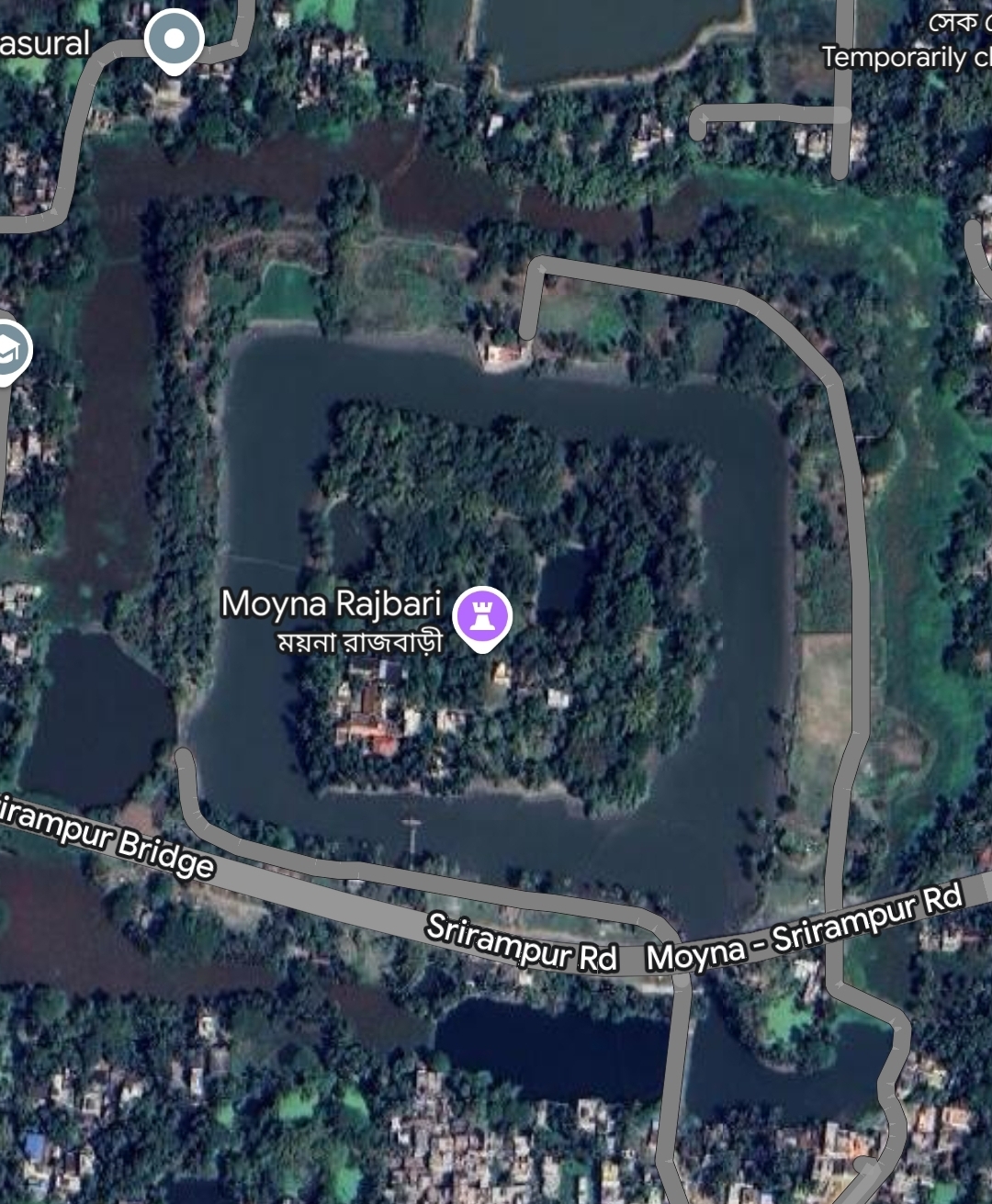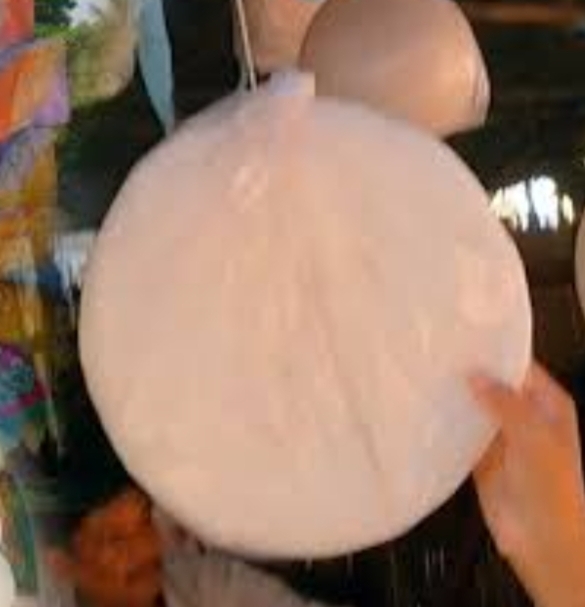Types
of Santali Marriage
Santali marriage is called ‛Bapla'.
Santals are forbidden to marry within their same clan. In Santal society,
marriage ceremony takes place in bride's house. Child marriage is not practiced
in Santal society. In their society, an elder brother can never marry a younger
brother's widow wife. The Santals have a custom of giving dowry to bride. This dowry
is very small. The amount of
this money is three rupees or seven rupees. Again there is a custom of paying sixteen
or twenty one rupees.
The average age of marriage for a Santal boy is twenty and for a girl
sixteen. There are seven types of marriage:
(1)
Kiring Bihu
Bapla- This marriage is also called 'Duar Bapla'. If the boy is suitable for
marriage, the burden of finding a bride is given to relatives and friends. The marriage is done by searching for a suitable bride and
groom and negotiating a compromise. The daughter is to be brought home as a
bride giving dowry.[1] The person who does this mediating work is
called a Raibar or matchmaker. The matchmaker has to perform many
responsibilities in the management of marriage.
(2)
Gardi Jawa
Bapla - In this case, all the arrangements of marriage are made by the girl's
father. He brings the boy to his house and has to stay and work for five years
without pay. Then they marry and start a new married life.[1]
(3)
Kiring Jawa
Bapla- In this case, the girl gets pregnant after engaging in sexual relations with
a boy before marriage and neither the boy nor the girl agrees to marry. As a
result, the girl inevitably has to marry another boy. In this case the first person
has to bear all the dowry and other cost.[1] If
the pregnant woman does not agree to disclose the name of the culprit, then a groom
is required to be procured for her. If the groom is found in exchange of money
and agrees to take care of the girl, they are married. If no groom is found,
the future child gets Jag Manjhi's lineage.
(4)
Itut Sindur
Bapla - In this case, the boy himself takes up the responsibility of marriage.
If he likes a girl and doubts whether she will marry him, the boy forces the
girl to wear Sindur. But in this case, a lot of inconveniences is created. In
some cases, the marriage is recognized by resolution or penalty.[1] According to social custom, once a boy
puts Sindur or dust on a girl's Sinthi or forehead, then the girl is recognized
as the boy's wife.
(5)
Inirbal Bapla
- In this case, the girl herself takes up the matter of marriage. After living
together, if the boy does not agree to marry the girl, the girl informs the Jag
Manjhi of their village and he forcibly moves into the boy's house. If she can
accept the torture of the boy's house and live for a while, then she has to be
accepted as the wife of the house. Otherwise fine is levied.
(6)
Tunki Dipil Bapla- This type of marriage is held among the poor Santals.
In this case the girl is brought to the house without any ceremony. Sindur is
given to the girl.[1] The marriage ceremony is not also held at the
bride's house.
(7)
Sanga Bapla-
This type of marriage is for widows and divorced girls. A man marries the girl
following few marriage customs. The dowry is halved in this case. Because
according to Santal belief, this girl will be with her first husband again
after death. And the second husband will
get her only in this life.[1] There is no ceremony at this wedding.
Only close relatives attend the wedding.






















